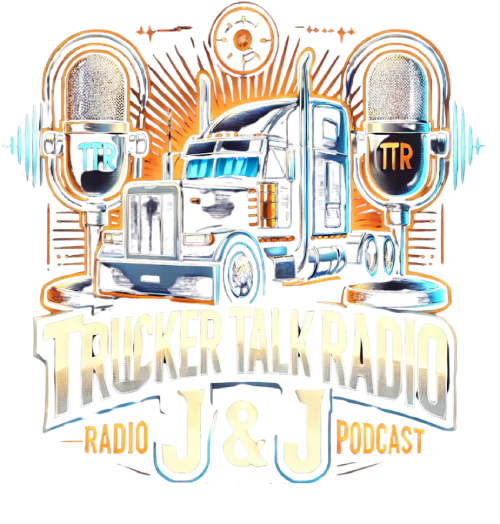Understanding Turnover in Trucking
Turnover figures are not a reliable measure of individuals leaving the trucking industry; instead, they reflect drivers switching between different carriers. This metric is more indicative of mobility within the industry—showing churn rather than attrition. While retirements and departures make up a small fraction of turnover, they are not the primary focus of this statistic.
Factors Driving Driver Movement
So, what drives the frequent movement of drivers between fleets? Two key factors are particularly influential: 1) demand and 2) opportunity.
The Labor Market Landscape
The trucking sector is currently experiencing a tight labor market due to both cyclical and structural reasons. The demand for drivers is high, a situation worsened by the COVID-19 pandemic. To attract and keep drivers, carriers are raising wages significantly. The industry is witnessing exceptional pay increases, with weekly earnings for long-haul truckload drivers rising over 25% since early 2019—more than five times the historical average. Additionally, fleets are offering substantial sign-on bonuses and comprehensive benefits in a bid to secure talent from the limited pool of drivers.
Implications of High Turnover
This situation means that if Driver A has worked for a fleet for just four months, he might move to another carrier for an instant $15,000 sign-on bonus alongside a salary increase. Six months later, he could repeat this process. Such churn—also referred to as poaching—is what contributes to inflated turnover rates in a competitive labor market.
Misinterpretation of Turnover Figures
When experts like Kaiser-Schatzlein reference high turnover rates as evidence of driver discontent, they miss the broader context. In many ways, a high turnover rate signifies driver empowerment. In a tight job market, drivers are positioned to take advantage of opportunities, allowing them to control their professional futures more effectively than they have in years, if not ever.
Opportunities in a Booming Freight Economy
Many drivers are capitalizing on favorable conditions in the freight economy by moving to different firms for better pay, bonuses, new routes, or enhanced benefits. It’s reasonable to understand their motivations, and similarly, it’s reasonable for trucking companies to compete fiercely to hire skilled drivers and retain their existing workforce.
Truck Driving: A Steady Path to the Middle Class
Ultimately, truck driving remains a reliable route to achieving middle-class status without the need for an expensive four-year college education. This profession cannot be outsourced, and its significance to our economy and quality of life continues to increase. Contrary to Kaiser-Schatzlein’s assertion that high turnover signals a dystopian work environment, for millions of Americans in this field, being able to provide for their families without the burden of student loans represents the American Dream, rather than a nightmare.


